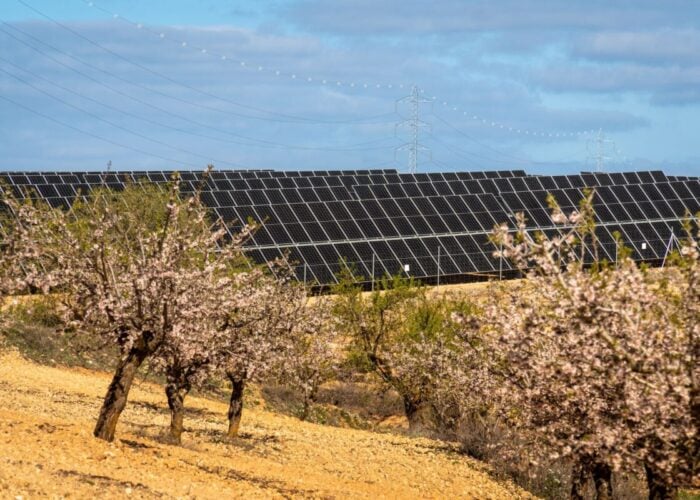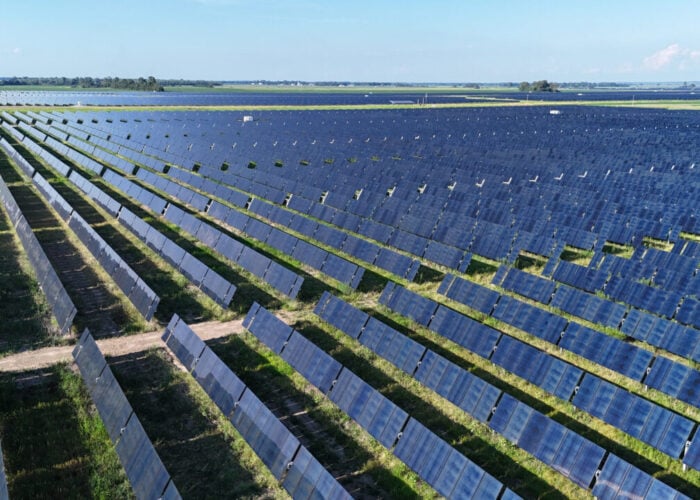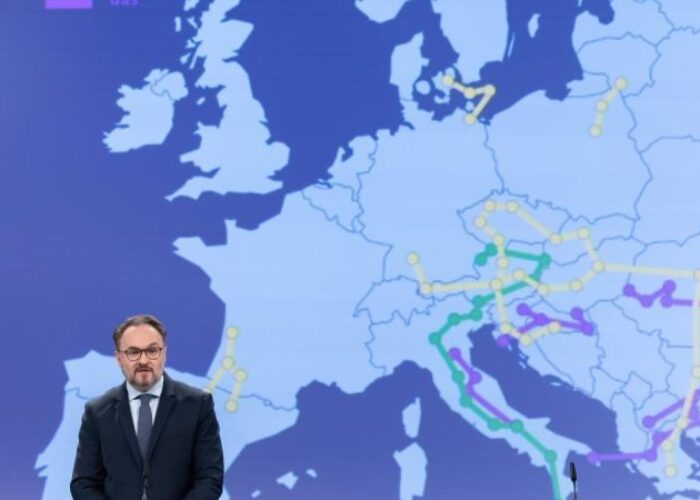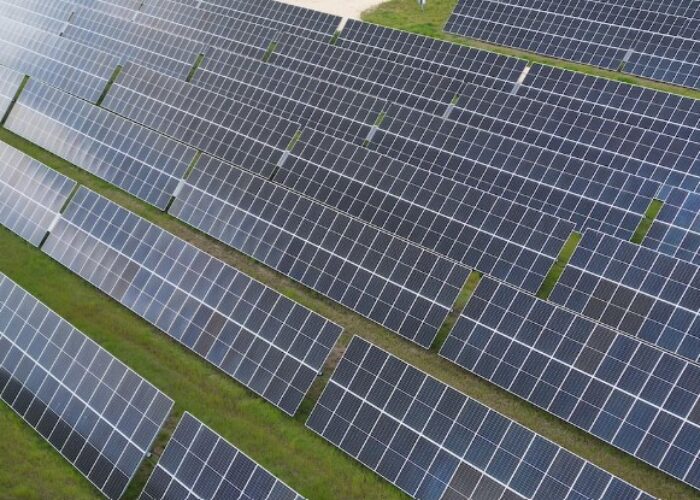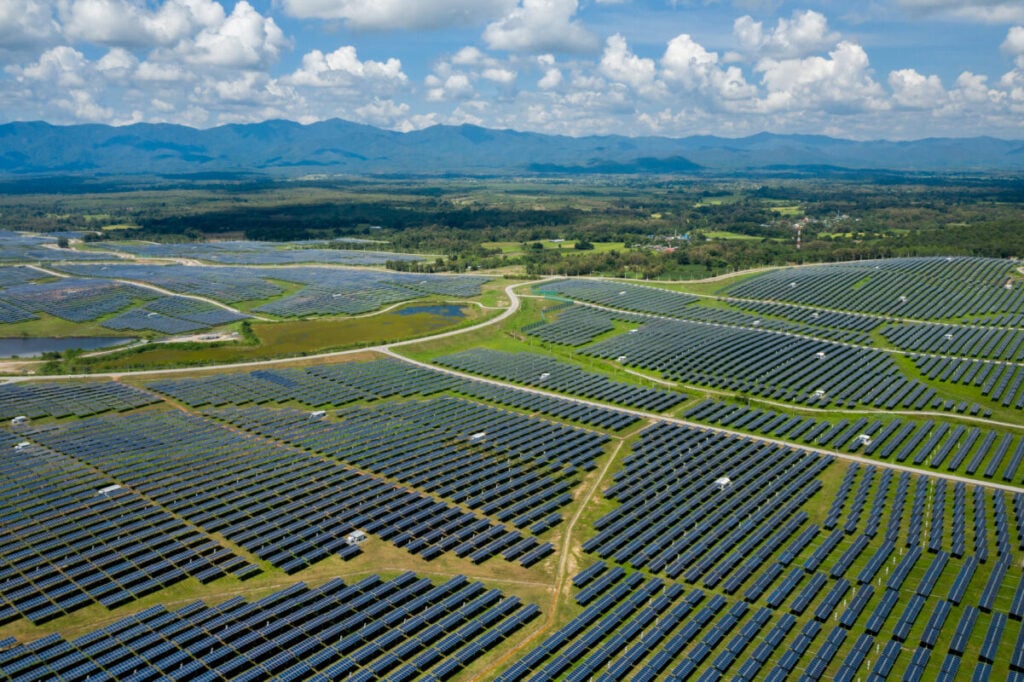
Despite global solar investment reaching US$500 billion in 2024, imbalances in investment across both regional markets and parts of the solar supply chain mean that action will be needed if the solar industry is to grow sufficiently to help meet the world’s climate change targets.
This is the key takeaway from the Global Solar Council’s (GSC’s) latest report into financial imbalances in the global solar supply chain. ‘How to Finance Solar for All?’ notes that, while the total volume of capital entering the solar sector is encouraging, the imbalance of investment is impeding the growth of the global industry. For instance, according to the International Energy Agency (IEA), Africa is home to over 17% of the world’s population, but receives just 3% of total energy investments.
Try Premium for just $1
- Full premium access for the first month at only $1
- Converts to an annual rate after 30 days unless cancelled
- Cancel anytime during the trial period
Premium Benefits
- Expert industry analysis and interviews
- Digital access to PV Tech Power journal
- Exclusive event discounts
Or get the full Premium subscription right away
Or continue reading this article for free
These regional imbalances are made more significant by the fact that many markets with less developed solar industries are perceived to be riskier by investors, raising the cost of capital and creating a situation where investors are more likely to support projects in countries with robust solar systems. The GSC report notes that South Africa’s cost of debt for climate projects is 20.3%, for instance, almost ten times the 2.8% cost of debt in Germany.
“It is no accident that the countries that have the highest solar deployment – China, USA, Western Europe – are the countries that have the lowest cost of capital,” said Sonia Dunlop, CEO of GSC, in the report’s introduction. “This is the key to delivering the tripling of renewables, and ultimately, energy access, resilience and a decarbonised electricity system for all.”
Addressing imbalances
The report makes a number of recommendations for addressing imbalances in investment trends, which include policy changes. The report calls on legislators to introduce “fairer investment standards” that take into account the cost of capital in markets that are perceived as high-risk to encourage investment, and use “global standardisation and stronger disclosure tools” of environmental, social and governance (ESG) standards to accelerate the permitting processes required for project deployment.
The GSC also calls on investors to develop more tailored financial models to support new project developments in regions that have less mature solar industries. These include green bonds, sustainability-linked loans and blended finance models that combine public and private capital, as a way to minimise risk and encourage a broad swathe of investments into the industry.
The council’s recommendations echo discussions held in the European solar sector throughout this year about implementing more tailored financial mechanisms to support the deployment of solar projects.
Experts on a PV Tech panel hosted at this year’s Intersolar Europe event discussed creative solutions for tackling the continent’s financing challenges, while attendees of Solar Media’s Renewables Procurement & Revenue Summit described power purchase agreements (PPAs) as a “cornerstone” of renewable financing in need of refinement.
The GSC also calls for tailored financial mechanisms for what it calls “emerging use cases”, including agrivoltaics, floating PV and data centres that rely on solar power. Data centres are an increasingly significant part of the renewable energy offtake space – their electricity demand is expected to account for 5.7% of Europe’s total power demand in 2035 – and PPAs are an essential tool to meet this growing demand.
The role of energy storage
Energy storage is also set to be a crucial part of this space, with many pointing to the co-location of storage and renewable energy generation as a means to sidestep grid constraints; a report from Ember Climate found that in Turkey, the use of hybrid solar projects could add 8GW of new capacity to the country’s energy mix without the need for grid investment.
Battery storage systems have also been touted as a means to improve the bankability of generation projects by flattening the generation curve of solar projects, which are known to not align with electricity demand in many countries. The GSC report calls on investors to support “solar-plus-storage applications” in particular, and points to IEA figures demonstrating the importance of sustained investment in the energy storage space.
According to the IEA, global energy storage capacity must expand sixfold by 2030 to support the expansion of renewable energy generation facilities. This will necessitate an increase in funding in renewables, storage and grids from US$1.29 trillion in 2023 to US$4.5 trillion by 2030, according to the International Renewable Energy Agency (IRENA).
The GSC report also points to a number of examples of innovative financing mechanisms used to support the deployment of solar-plus-storage projects in less mature markets. The Desert to Power G5 Sahel Facility, a programme to deploy over 500MW of solar capacity in western and central Africa, uses US$150 million from the Green Climate Fund to mobilise additional funding of US$816.7 million from the African Development Bank and private investors, and includes “de-risking mechanisms”, including energy storage and transmission investment, to improve the business case for potential private investors.
“Unlocking finance is fundamental to accelerating solar PV adoption and positioning clean energy as a driver of global prosperity,” said Rodrigo Sauaia, chair of the GSC and CEO of the Associação Brasileira de Energia Solar Fotovoltaica.
“This position paper highlights how innovative financial mechanisms and accessible capital are key enablers not only of mitigation and adaptation, but also of systemic transformation through sustainable technologies like solar PV and energy storage.”


